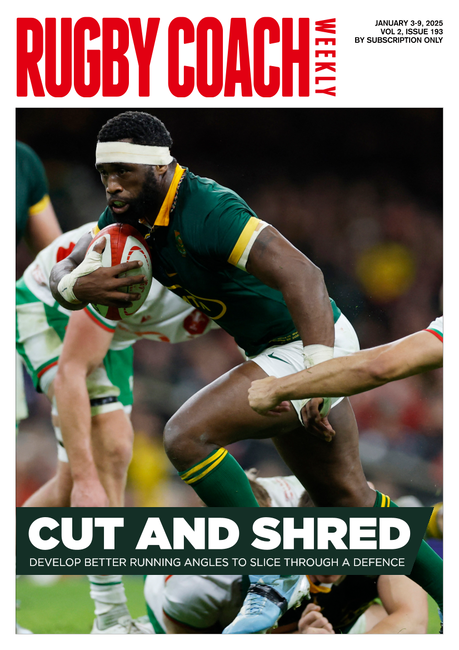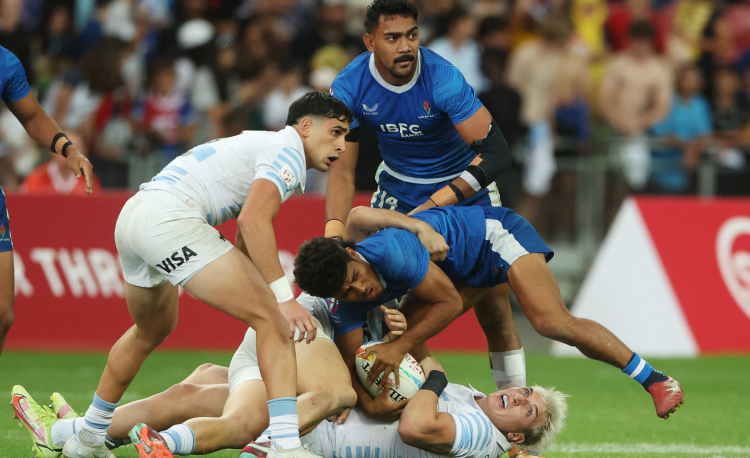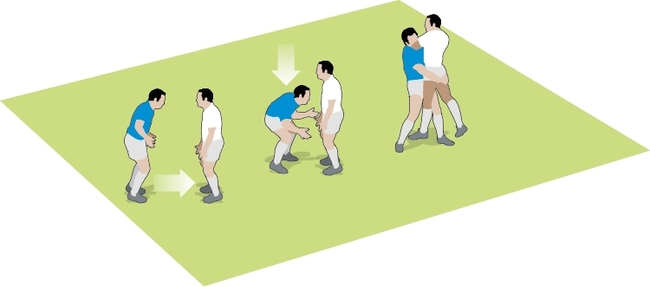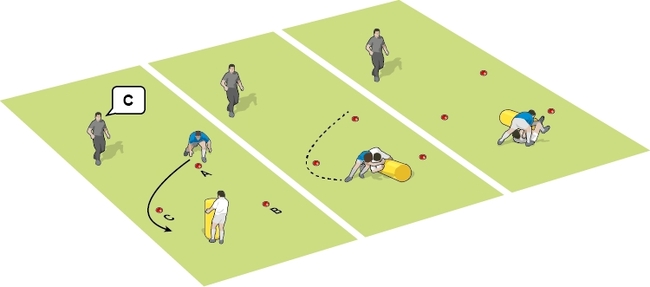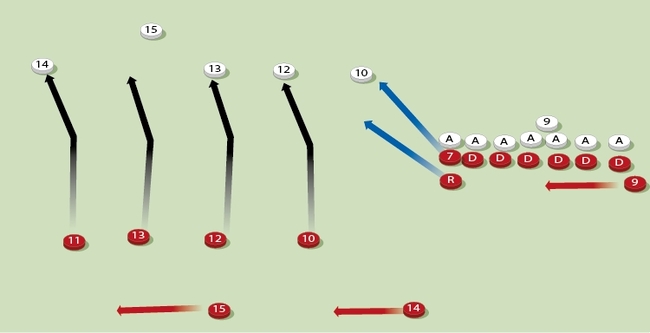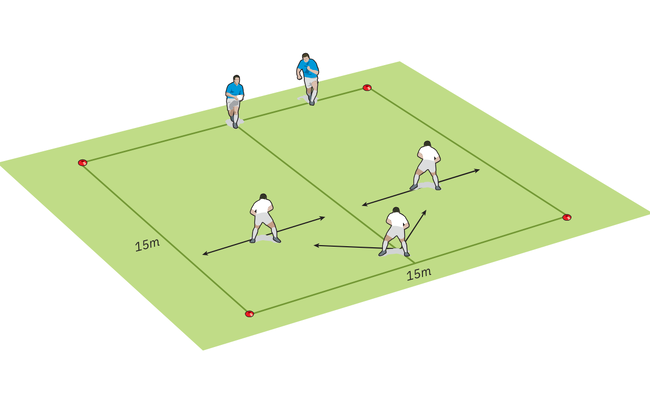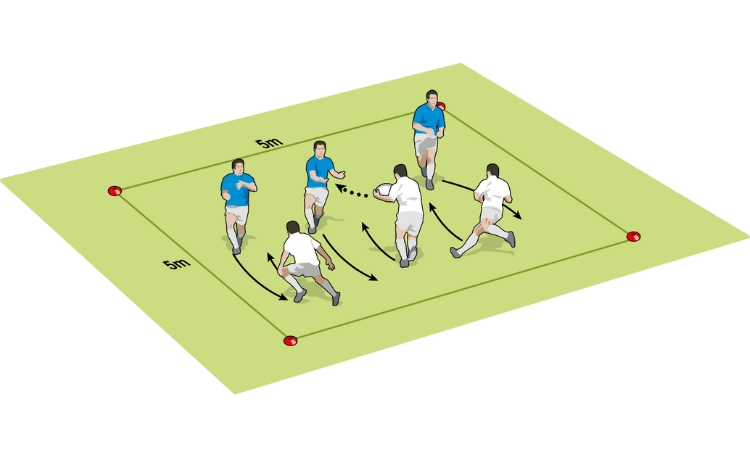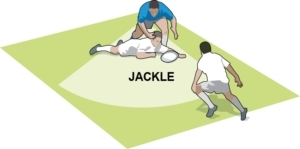Drift defence training with less than 10
Here’s how you can create a better awareness of drift defence, even if you don’t have a large number of players available at training.

When there’s a phase of play where they have more attackers than your defenders, your players will probably need to use a drift defence. There are lots of different reasons for this, but essentially the defenders have to work as a unit to move up and then across so that they prevent themselves from being outflanked.
In my experience, it’s not a tactic you can expect the players to grasp fully until they are old enough to be playing 15-a-side rugby. However, you can introduce the players to the principles as early as 11 or 12 years old.
Before that age, attackers are unlikely to string together too many passes. Even by under 14s, few teams will be able to exploit say a 5v3. Yet, in a 3v2 situation, you can begin to create the right connections between the defenders.
That’s why I don’t like to call it drift defence. I just let the players work out that they need to cover the attacking options. Therefore, in training, they need to be put into the sorts of scenarios they might face.
My session, Protect when outnumbered, is one very good exercise for this. I particularly like it because you don’t need a full team to build or revise the tactic. So, with more experienced players, they can revisit the principles and then apply it as a whole when they are in a match situation or you have more numbers in training next time.
That’s why it’s a good exercise for those evenings when you don’t have a full turnout. And, we’ve all had sessions like that!
For less experienced players, it gives you some of the key building blocks. These are:
- Move forward first. Put pressure on the attack to move the ball.
- Stay connected. Know who’s inside you and outside you. That means communication.
- Move across when the player inside you tells you to. You might be able to sense it too.
- Don’t turn the shoulders towards the touchline, try to keep them facing up the pitch as much as possible.
They are some further details for better players, like keeping the ball carrier on the outside shoulder. However, in the early phase of learning, just work on the first two parts, then progress to the call to shift.
CONTACT IN DEFENCE SESSIONS
In any defence exercise, you should consider how much contact you want. To make it realistic, I like the defenders to be able to put their shoulder into the ball carrier or make a firm grab. Then I know they are balanced enough to make a tackle in the real game.
A shoulder means some amount of contact and enough to make a ball carrier think twice about trying to break the line. A good drift defence should have that effect in a match anyway, so it makes the whole exercise even more realistic.
This has the added benefit of making the attack try harder too. They may look to exploit “true” spaces where they won’t feel the tackler’s shoulder in contact.
Related Files
Newsletter Sign Up
Coaches Testimonials

Gerald Kearney, Downtown Las Vegas Soccer Club

Paul Butler, Florida, USA

Rick Shields, Springboro, USA

Tony Green, Pierrefonds Titans, Quebec, Canada
Subscribe Today
Be a more effective, more successful rugby coach
In a recent survey 89% of subscribers said Rugby Coach Weekly makes them more confident, 91% said Rugby Coach Weekly makes them a more effective coach and 93% said Rugby Coach Weekly makes them more inspired.
Get Weekly Inspiration
All the latest techniques and approaches
Rugby Coach Weekly offers proven and easy to use rugby drills, coaching sessions, practice plans, small-sided games, warm-ups, training tips and advice.
We've been at the cutting edge of rugby coaching since we launched in 2005, creating resources for the grassroots youth coach, following best practice from around the world and insights from the professional game.


